
Review on 🚀 Intel Core i9-9900K Octa-Core Processor | 3.60 GHz | 8 GT/s DMI | 5 GHz Overclocking Speed | 14 nm by Vinay Kedia ᠌

I like the product very much, fully consistent with my expectations.
It's a shame that in the competition with AMD, the focus has shifted to increasing the number of cores rather than the performance of each individual core. The vast majority of useful software, including as engineering applications, database management systems, web browsers, a variety of scripts, and user interfaces, will not profit from the addition of extra cores. The main advantage will be seen in multi-threaded number grinders, for which the HEDT platform is better suited and much better optimized for such tasks, including having a four-channel memory bus. The HEDT platform also has a higher maximum memory bandwidth. We are currently waiting for the programs to "start to utilize all available cores," which is something that a lot of people truly want right now. As of right now, the 9900K has the best performance per core, can run Windows 7, has stable drivers, and doesn't have a lot of strange hidden restrictions like only being able to run AVX commands half at a time. All of these things are true. So, I went with it in spite of the fact that I think having 8 cores is rather a drawback. The system was put together with the goal of achieving low temperatures while maintaining its dependability. Asus Prime Z370-A II Motherboard with 8-phase Voltage Regulation Module (VRM) on DrMOS (this is the best we could find, because there are no drivers for Windows 7 for Z390). Memory, manufactured by G. Skill and referred to as Trident Z F4-3200C14D-16GTZ. It has 4x8 GB. Cooler - Fractal Design Celsius S24. I did very little in the way of overclocking, although I did set the boost frequency to 5 GHz when working with one to four cores, 4.8, 4.7, 4.6, and 4.5 GHz when working with five to eight cores, respectively, and I capped the long-term consumption at 125 watts. The outcome of the CPU-Z test indicates that the nominal 9900K has a single-thread performance that is + 3% faster but the multi-thread performance is -9% slower. A single-threaded throughput of 3,050 points is displayed by Passmark. The frequency is reverted to 4 GHz in the worst possible scenario (the Tiny FFT test). Under normal conditions (h264-10b encoder, Blend test), the level maintained itself at the predetermined value (4.5 GHz for all cores). In every experiment, the voltage is held at or below 1.25 volts, while the temperature is maintained between 60 and 63 degrees. I did not make any adjustments to the core voltage. Although it is theoretically conceivable to regain 50–70 millivolts, in practice this is an extremely challenging goal to achieve while still preserving dynamic tuning. We came to the conclusion that it would be beneficial to have some margin of stability.
- 1. The operation of Windows 7 is flawless (when used with a discrete graphics card) 2. High performance on a single core even when dealing with complex workloads 3. The use of long-lasting solder rather than thermal paste under the cover
- 1. The official GPU driver for embedded systems, used by dozens only 2. The processor places a high demand on both the VRM and the cooling system. 3. The most efficient setting for the processor must be chosen by hand in order to achieve the best results.
New products
Comments (0)
Similar reviews
Top products in 🧰 Computer Internal Components
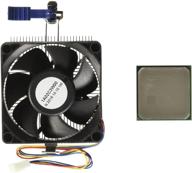
💪 AMD FD6300WMHKBOX FX-6300 Black Edition: 6-Core Processor with Unparalleled Performance

134 Review
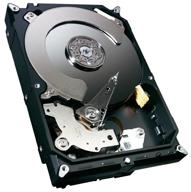
Seagate Barracuda 1TB HDD ST1000DM003

93 Review
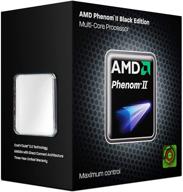
AMD Phenom II X4 940 💻 Black Edition 3.0GHz AM2+ Processor - Retail

96 Review
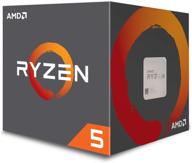
🔋 Power Up Your Gaming Rig with AMD Ryzen 5 2600 Processor with Wraith Stealth Cooler - YD2600BBAFBOX

116 Review
Another interesting products
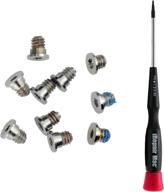
MacBook Retina 13-inch (A1425, A1502) and 🔩 15-inch (A1398) Bottom Case Screw Set with Pentalobe Screwdriver

11 Review
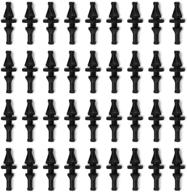
36-Pack Black Rubber PC CPU/Case Fan Screws/Rivets Set for Computer

11 Review
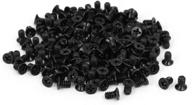
uxcell 3.5" HDD Screw Black 200pcs for Computer PC Case - Flat Phillips Head - 6#-32 - Hard Drive Fasteners

10 Review
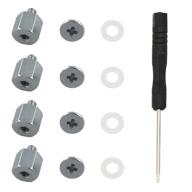
M.2 Screw Kit: Easy Mounting for NVMe SSDs on ASUS Motherboards

19 Review

